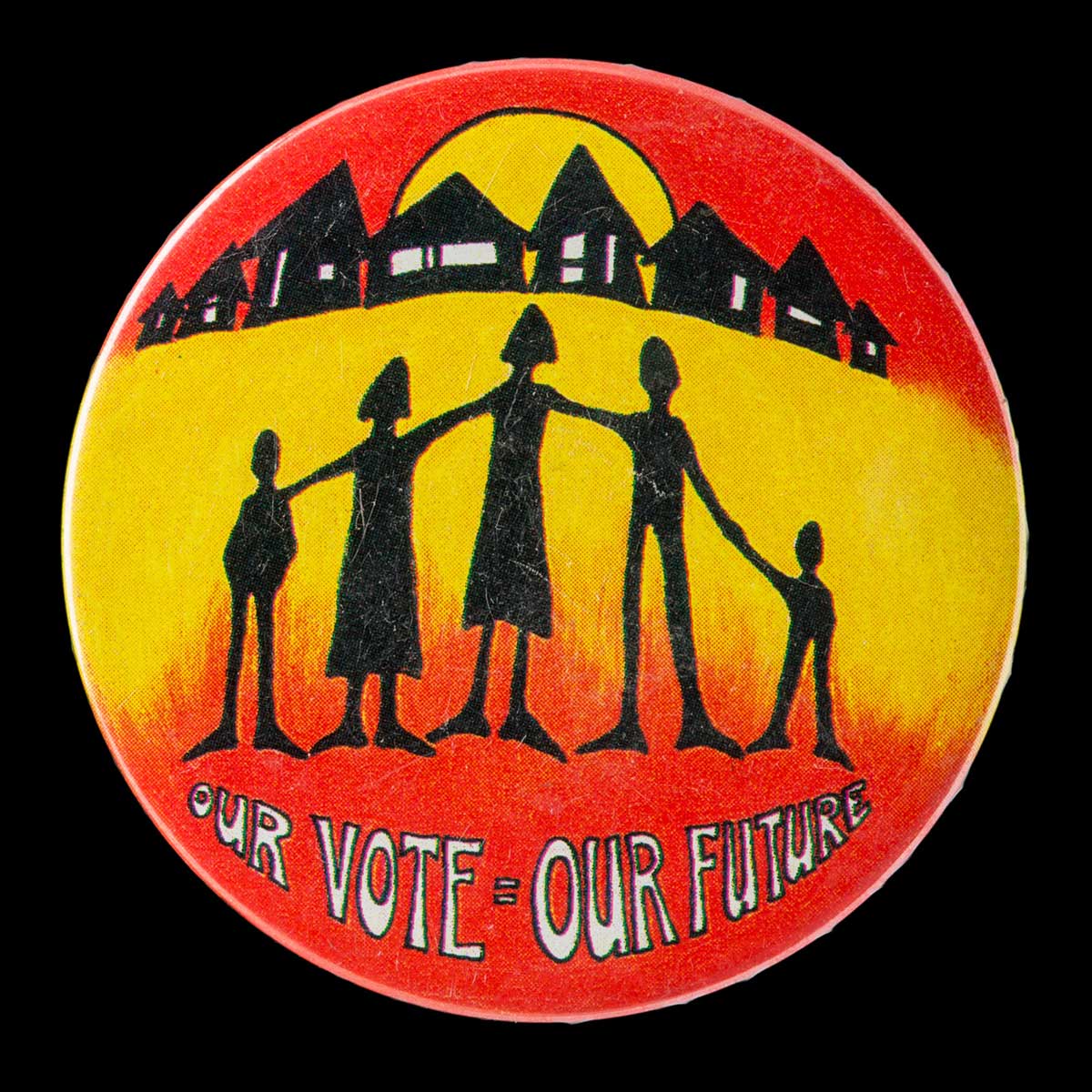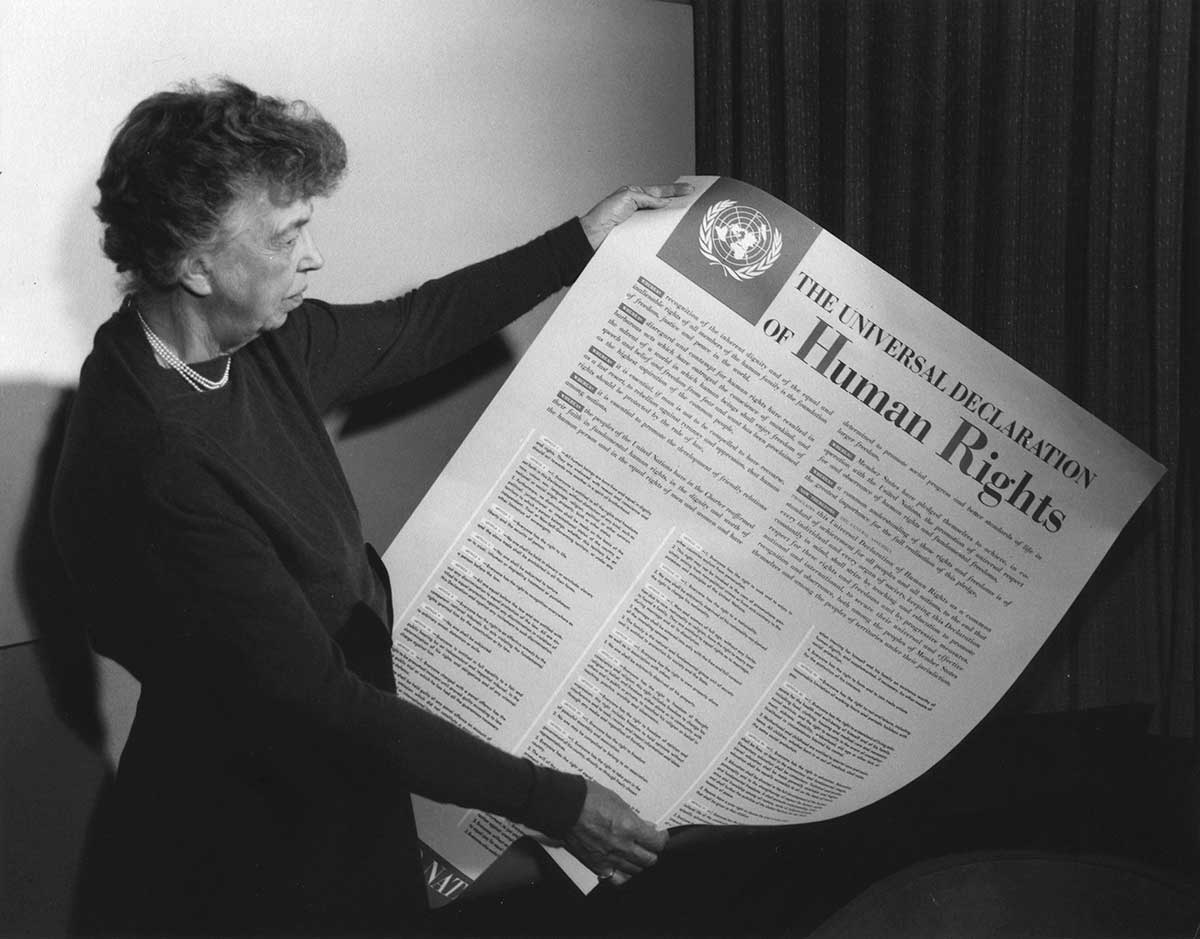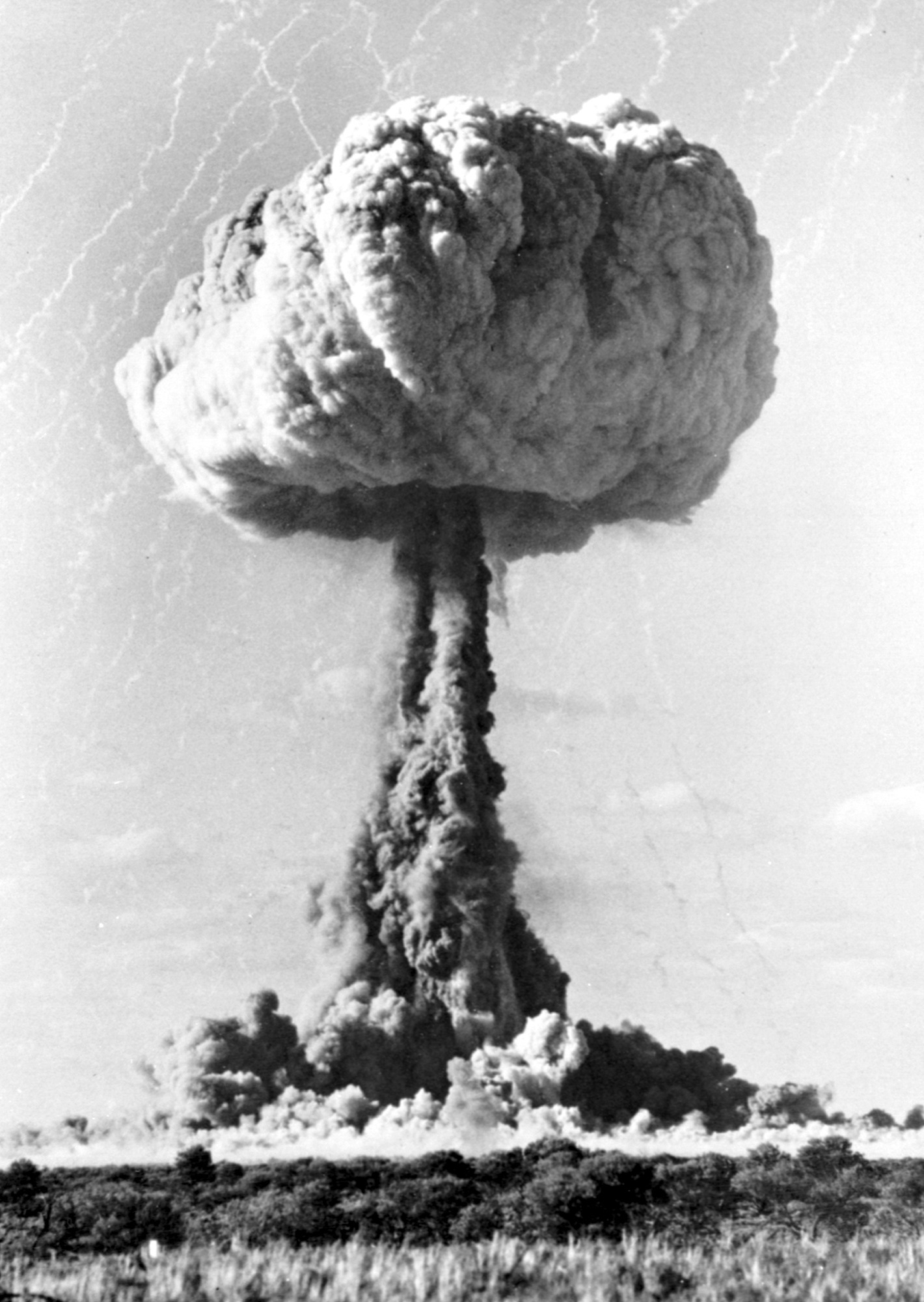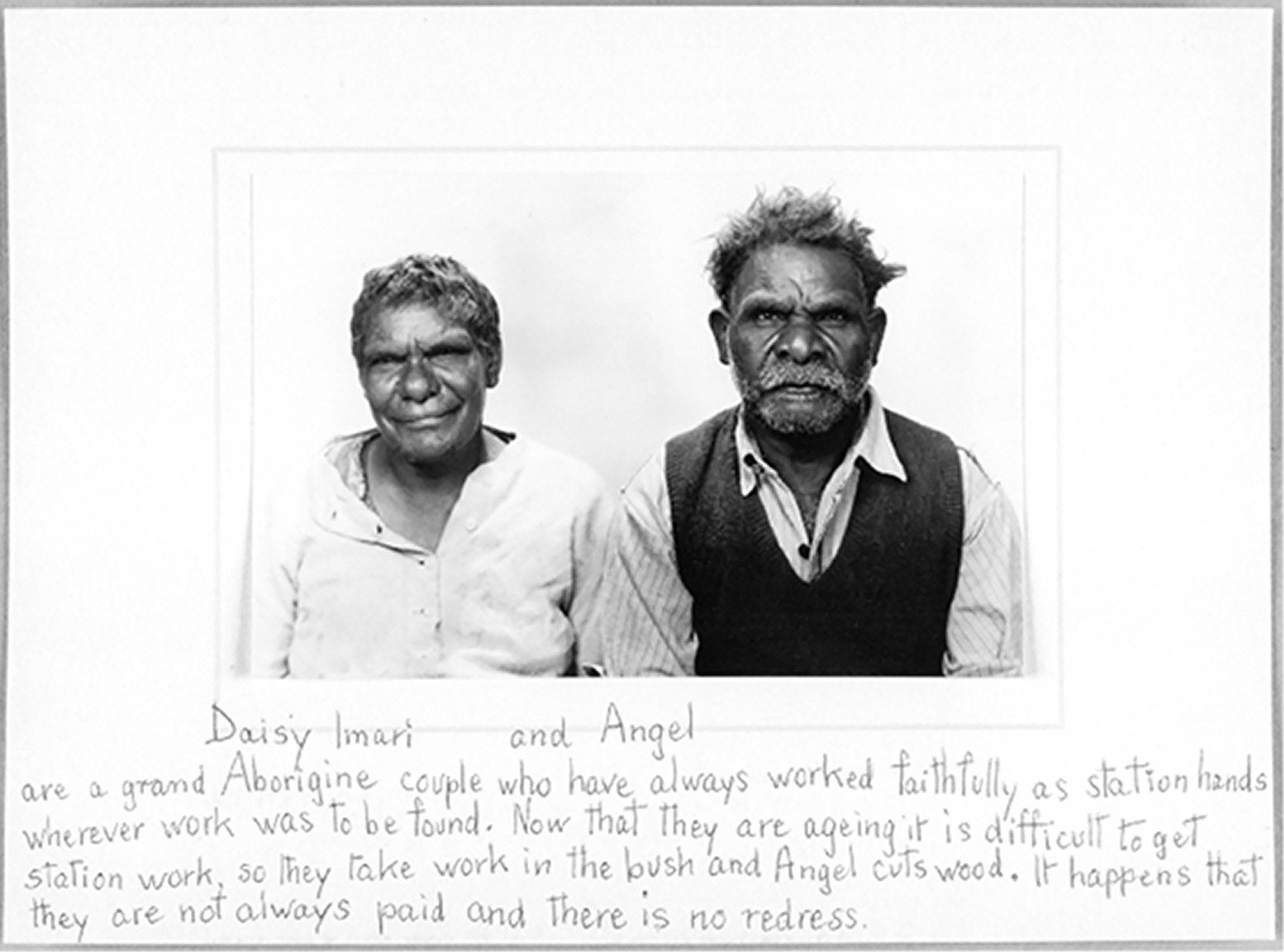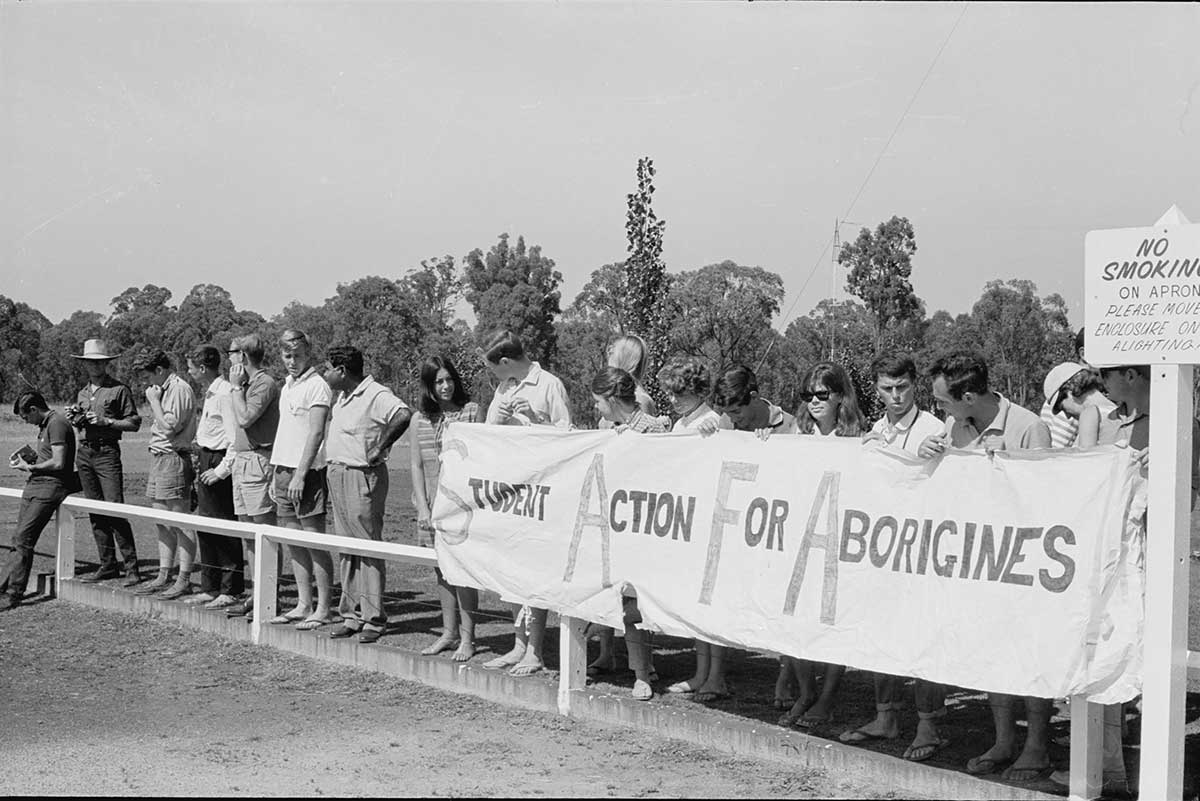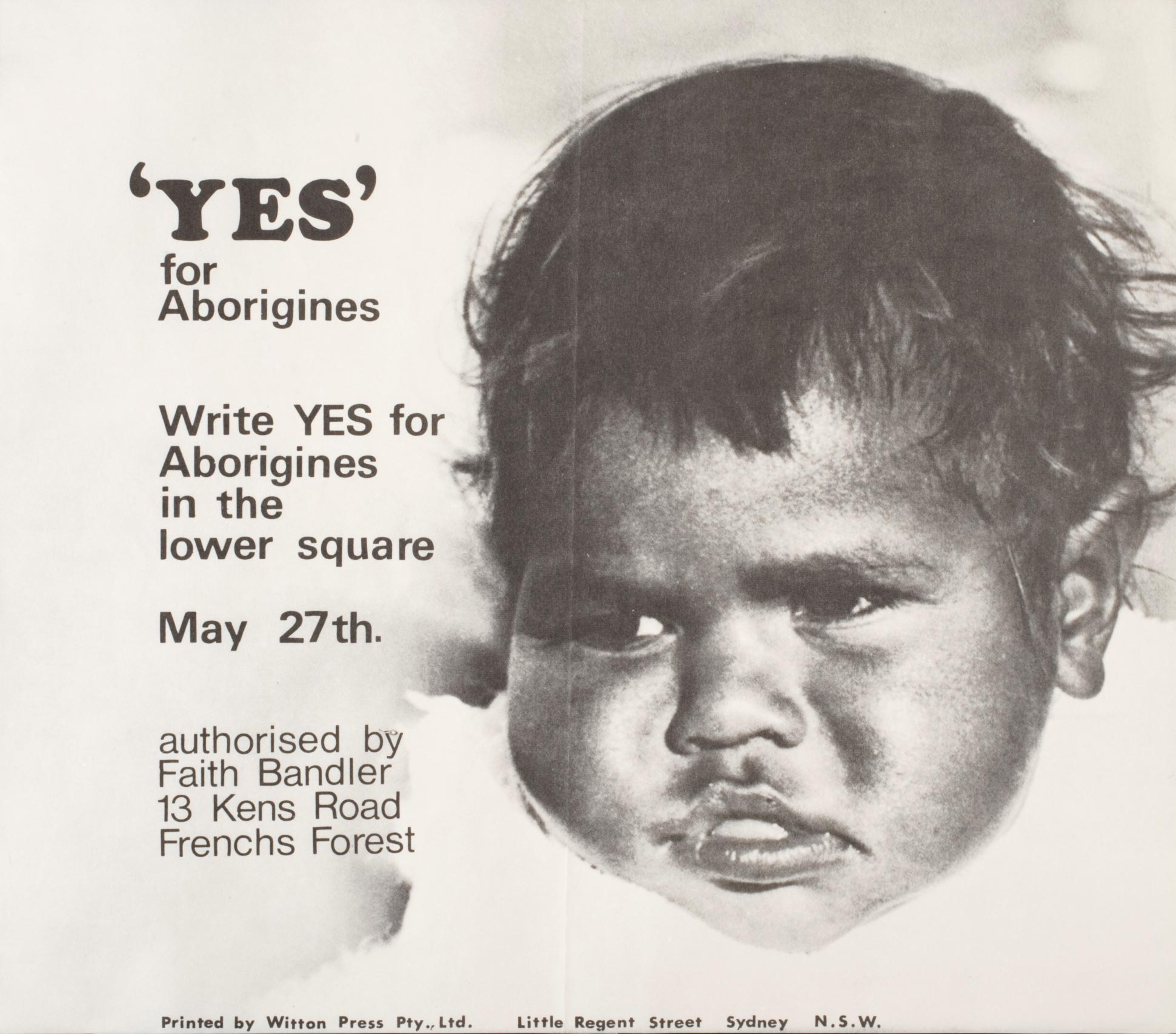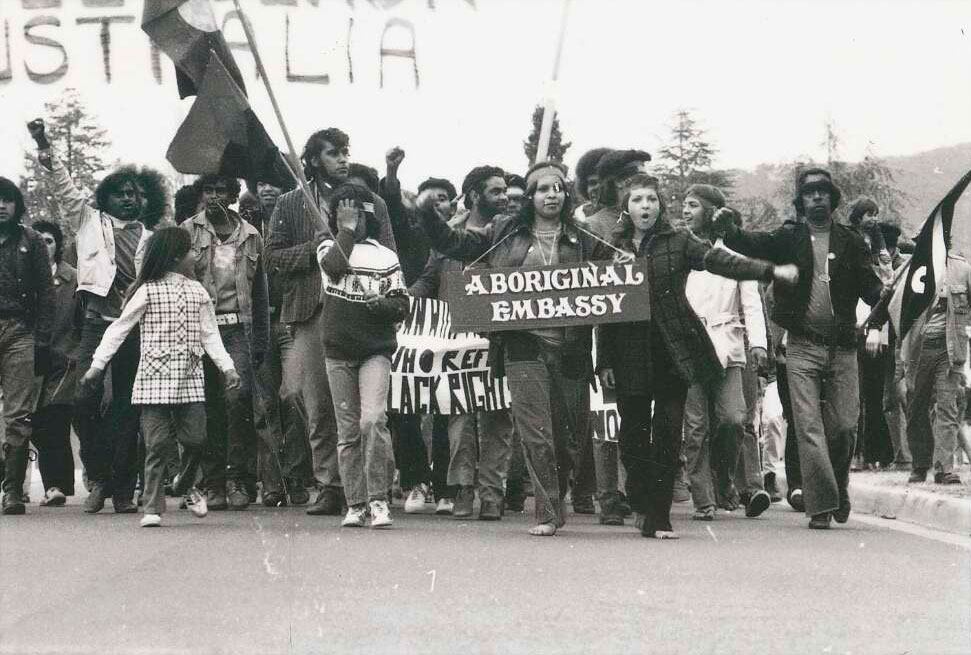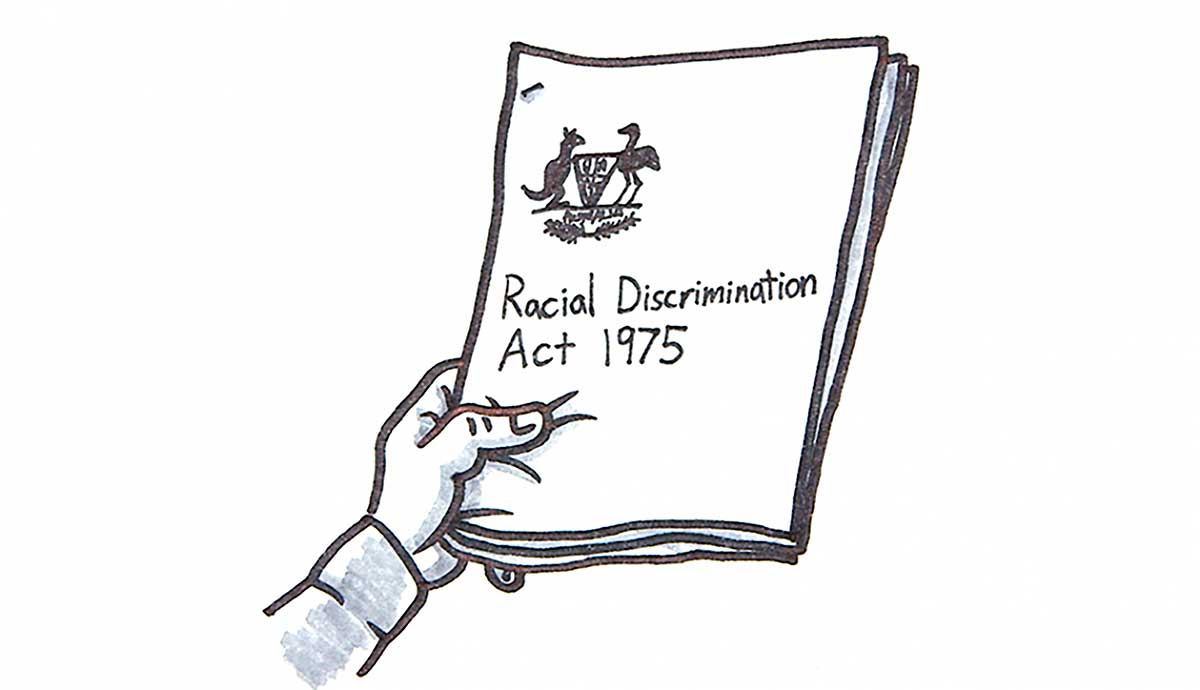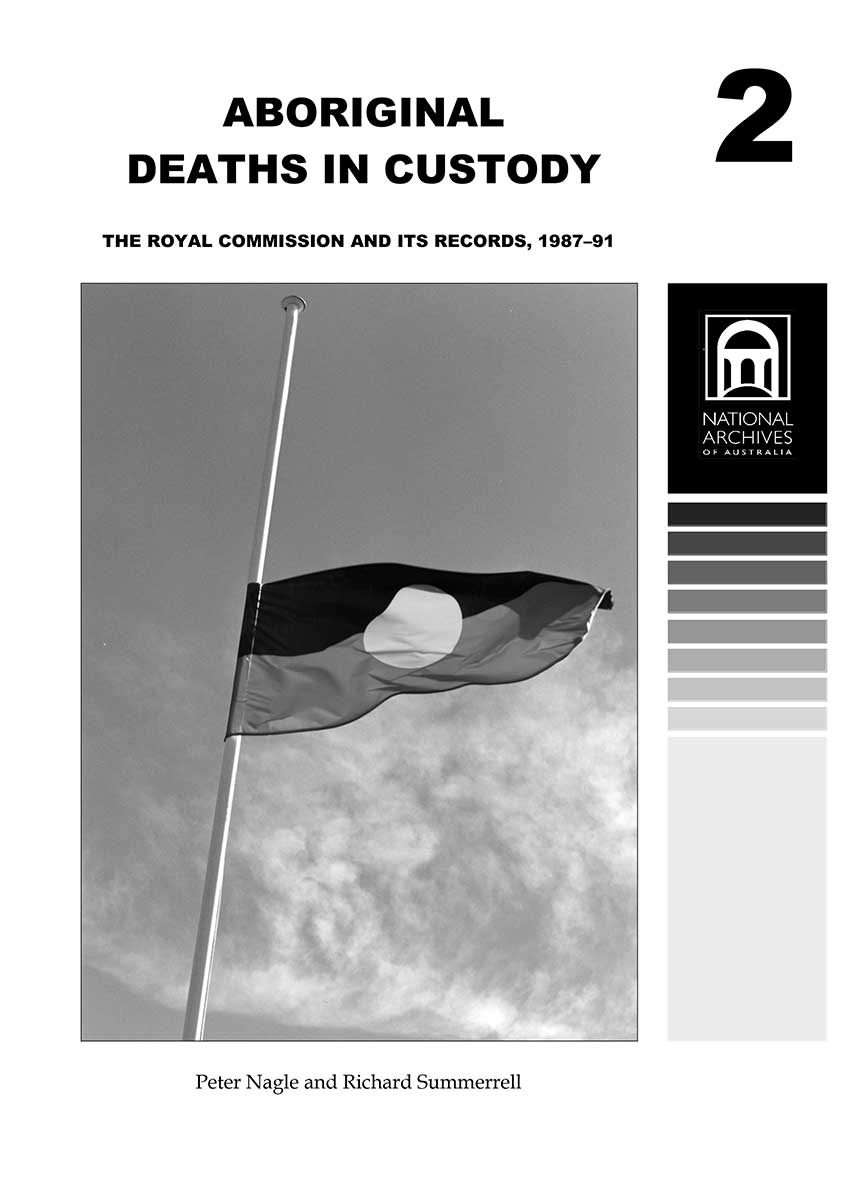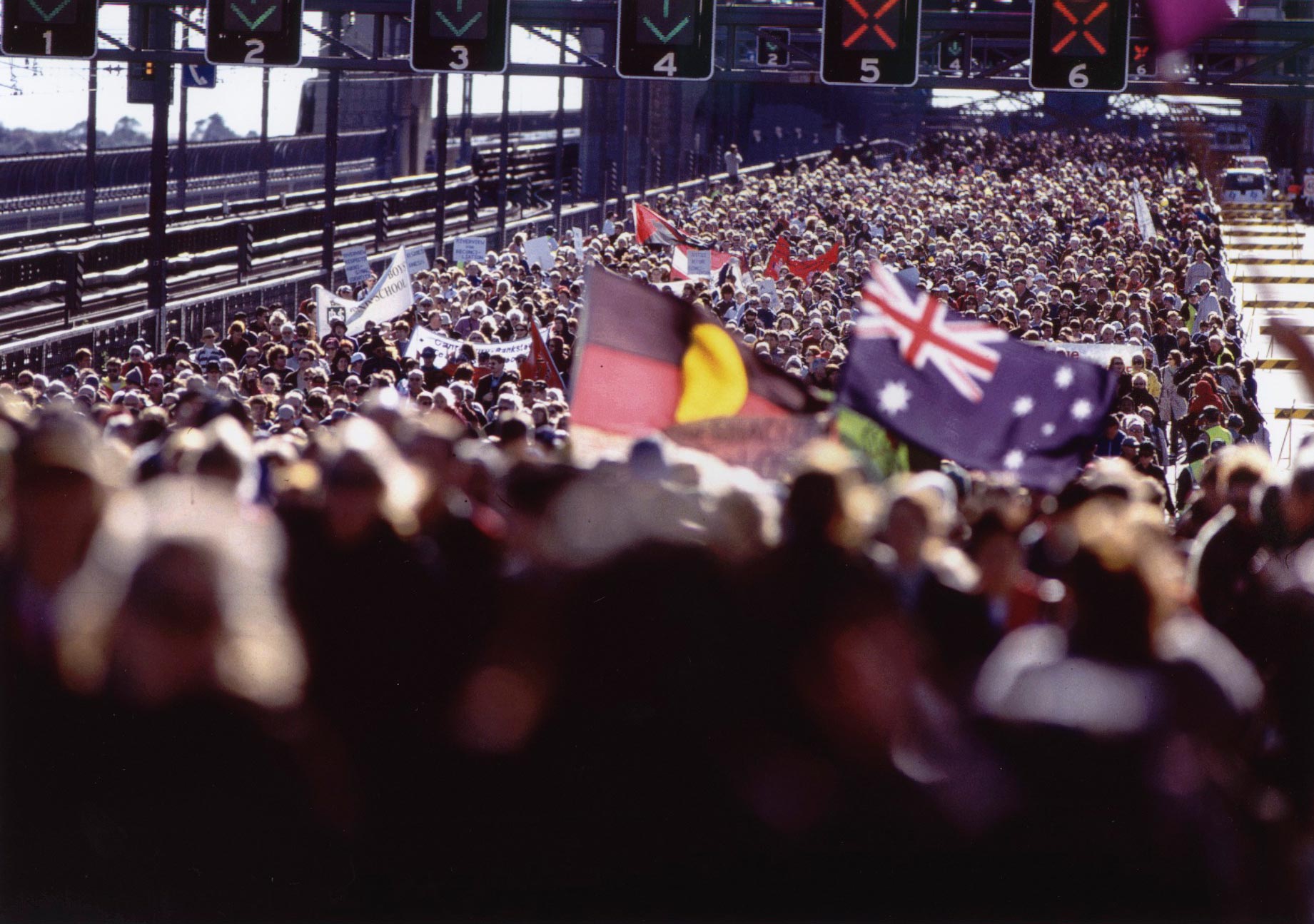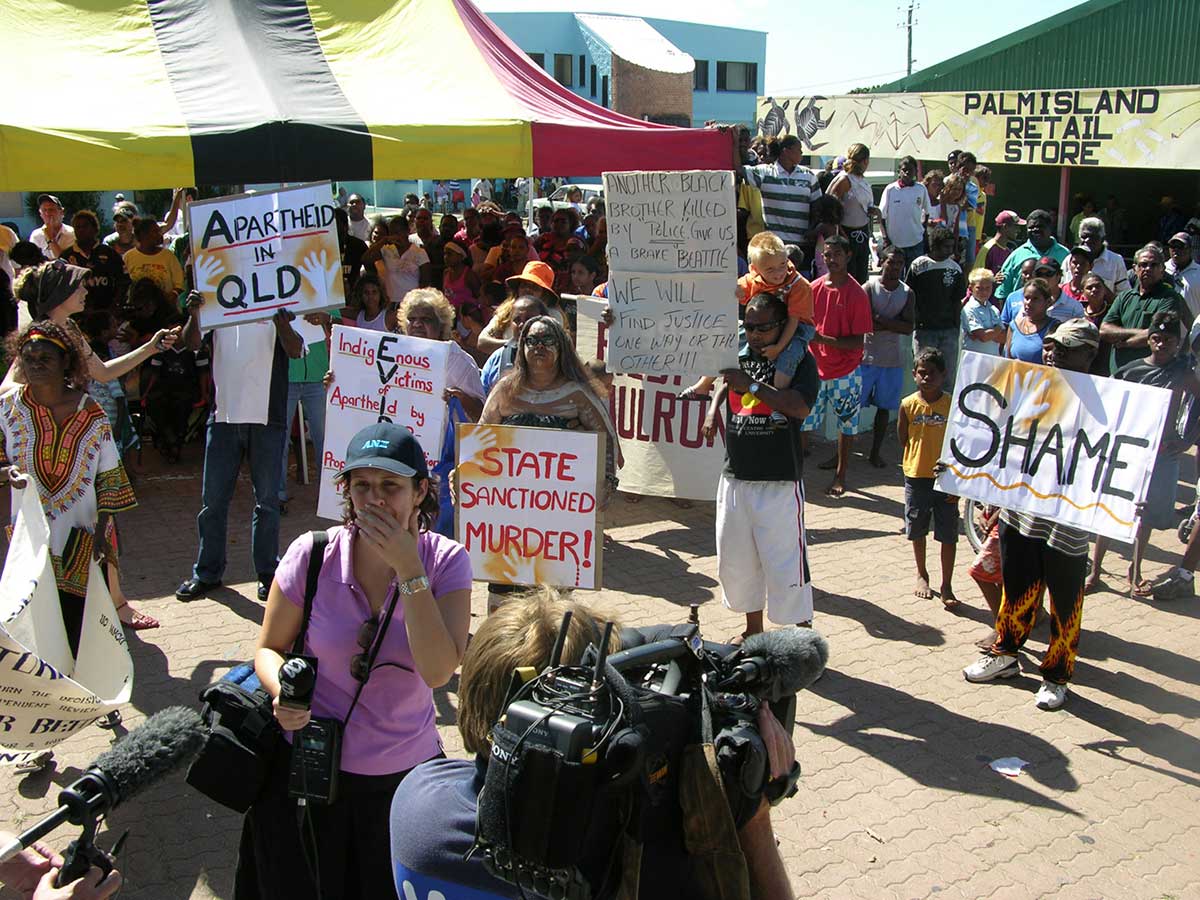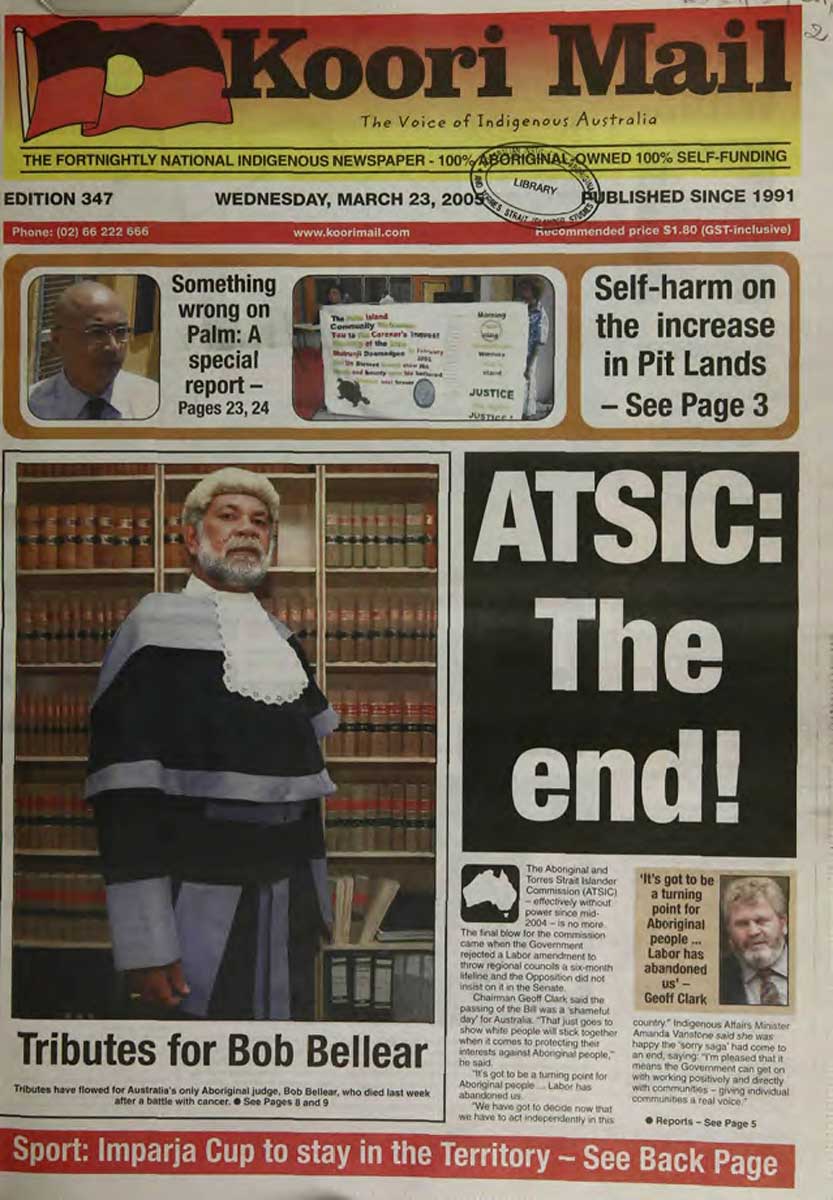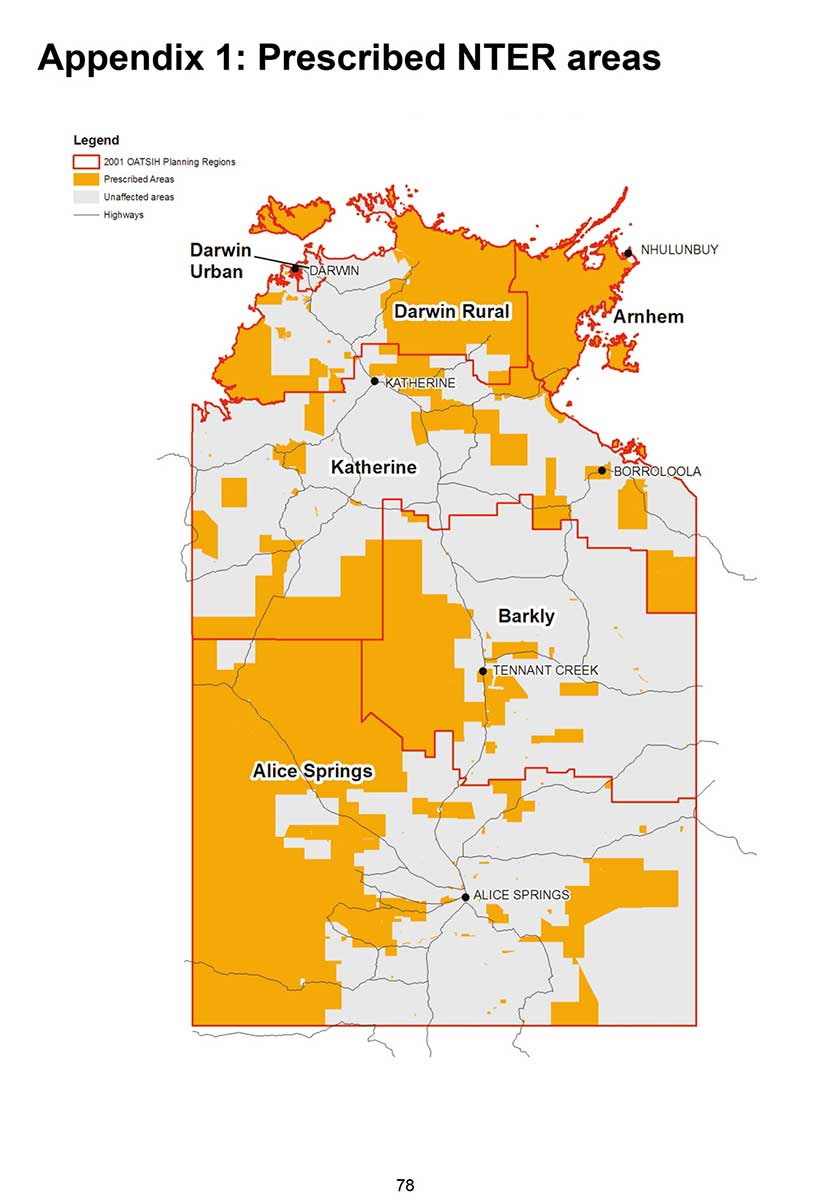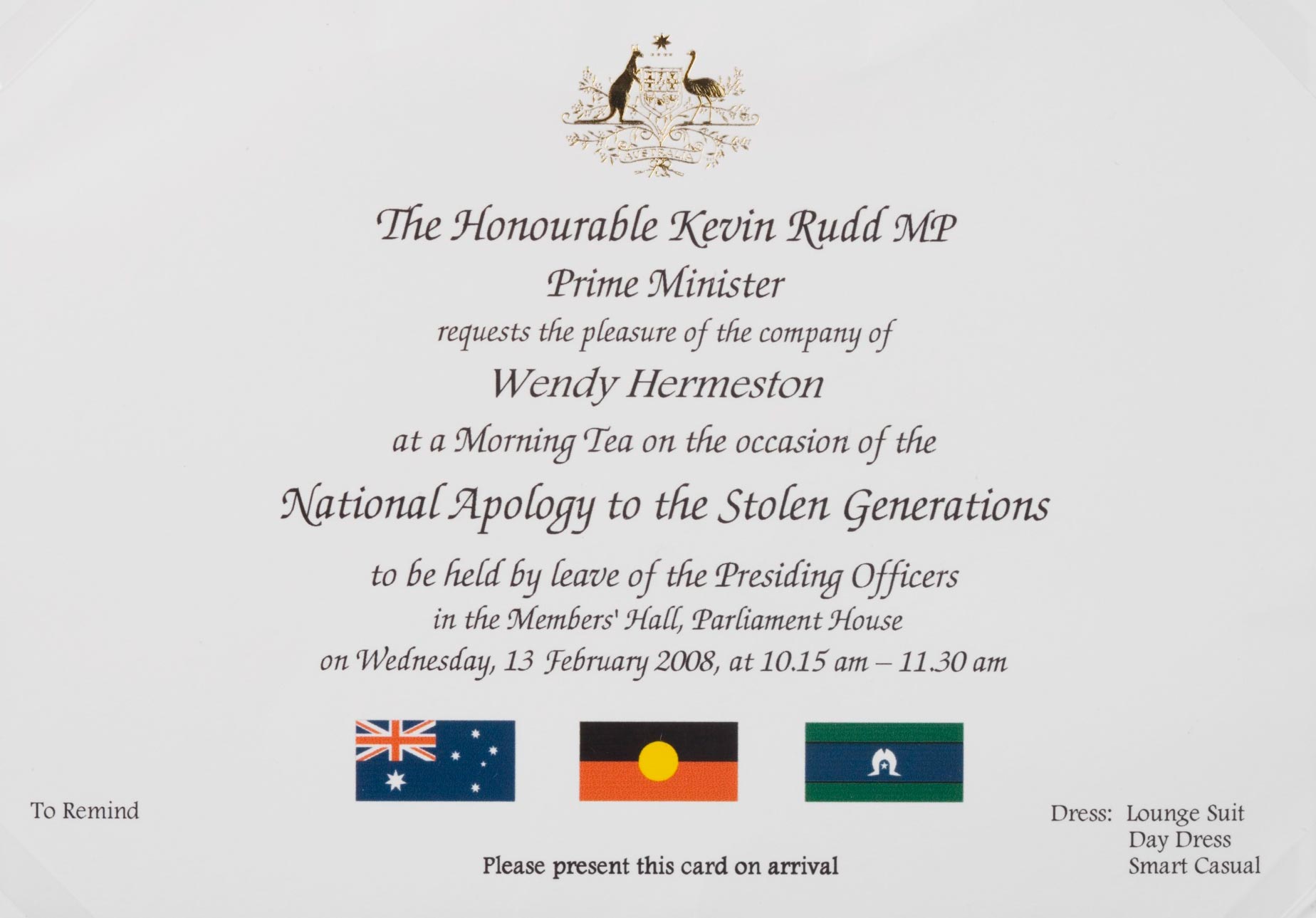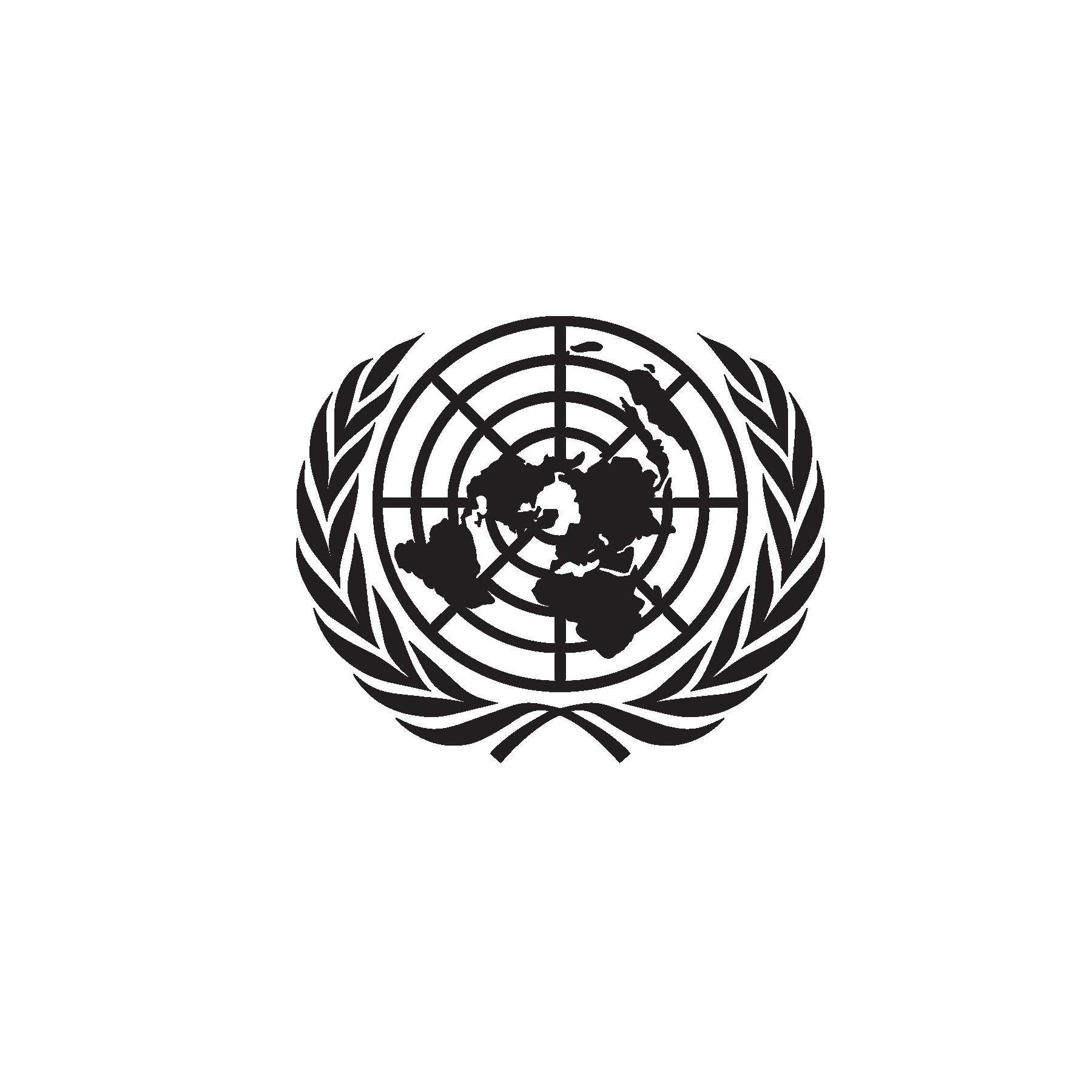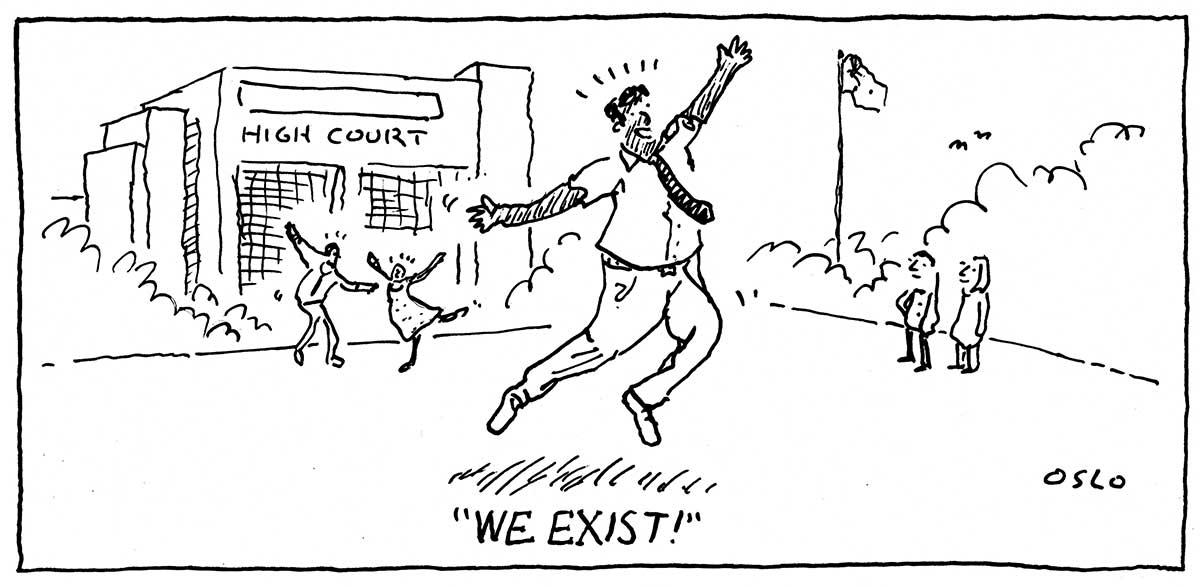Learning module:
Rights and freedoms Defining Moments, 1945–present
Investigation 1: Exploring Aboriginal and Torres Strait Islander rights through key Defining Moments
1.21 1997 Bringing Them Home report (Stolen Generations)
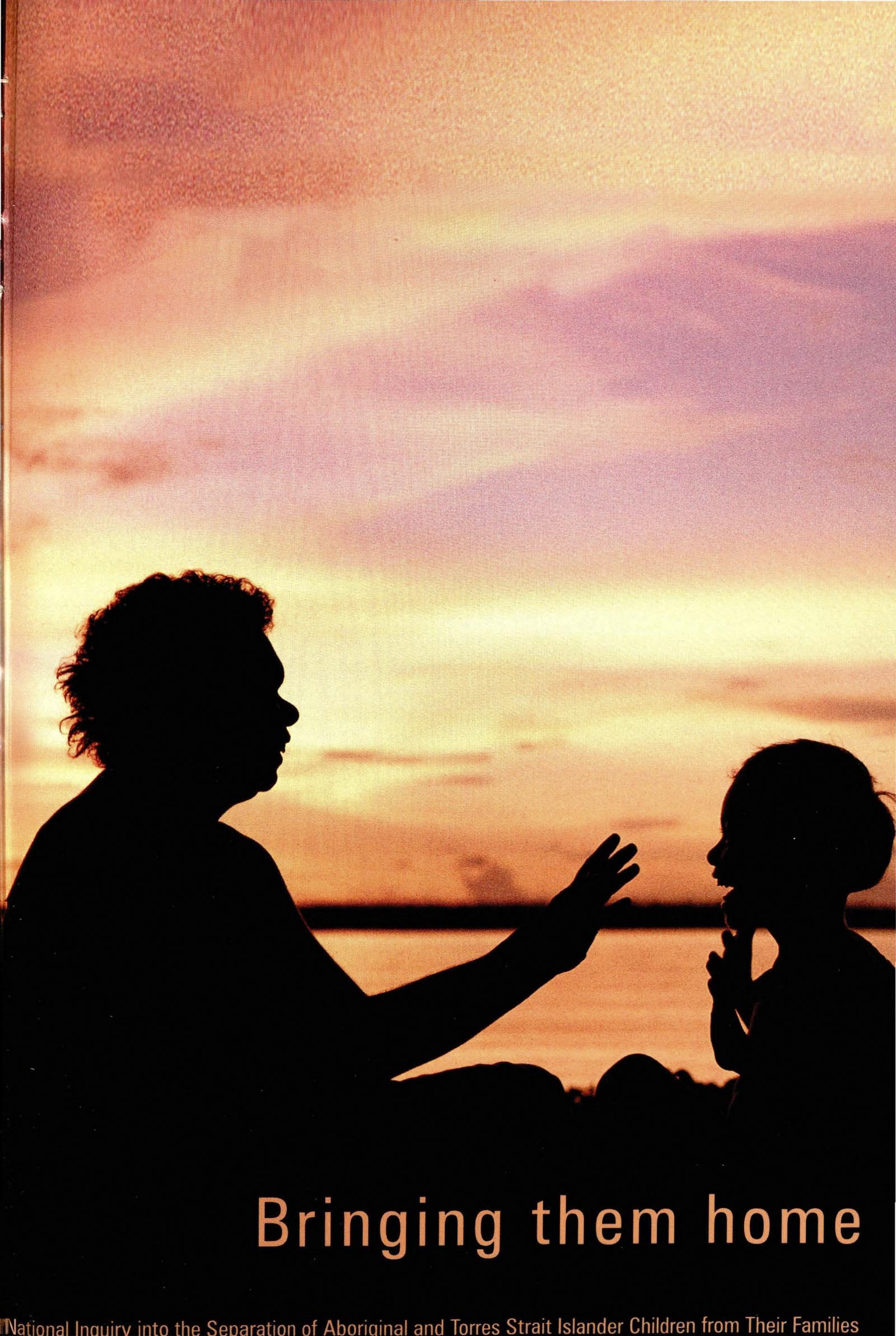
It is 1997.
A special inquiry has been hearing evidence about the extent and impact of laws that authorised the forced removal of Aboriginal and Torres Strait Islander children from their parents, to educate them in state institutions.
What would the inquiry discover about the impacts of this policy on the ‘Stolen Generations’?
Read the information below on the 1993 Bringing Them Home report and answer the questions that follow.
On 26 May 1997 the landmark Bringing Them Home report was scheduled for debate in the Australian Parliament. The report was the result of a national inquiry that investigated the forced removal of Aboriginal and Torres Strait Islander children from their families. This marked a pivotal moment in the healing journey of many Stolen Generations members. It was the first time their stories — stories of being taken from their families — were acknowledged in such a way.
It is estimated that between 1 in 10, possibly as many as 1 in 3, Aboriginal and Torres Strait Islander children were removed from their families and communities between 1910 and the 1970s. These children were taken by the police from their homes or on their way to school and put into institutions, fostered or adopted out to non-Indigenous families. Many children suffered harsh, degrading treatment (including sexual abuse) and were frequently taught to believe Aboriginal and Torres Strait Islander people were inferior.
The forcible removal of Aboriginal and Torres Strait Islander children was a part of assimilation policies adopted by all Australian governments throughout the twentieth century. Despite the widespread nature of the practice, mainstream recognition of the experience has only been relatively recent.
In 1995 the Australian Government asked the Human Rights and Equal Opportunity Commission to carry out the National Inquiry into the Separation of Aboriginal and Torres Strait Islander Children from Their Families ... It was set up to:
- examine the past laws, practices and policies of forcible separation of Aboriginal and Torres Strait Islander children from their families and the effects of those laws
- identify what should be done in response, including any changes in current laws, practices and policies, with a focus on locating and reunifying families
- examine the justification for any compensation for those affected by the forcible separations
- look at then current laws, policies and practices affecting the placement and care of Aboriginal and Torres Strait Islander children.
Extensive consultations were conducted across Australia and the Inquiry heard from around 1000 Aboriginal and Torres Strait Islander people. It gave survivors a space to tell their stories in their own voices, some for the first time, and in doing so provided a starting point for the healing process.
Two years later, on 26 May 1997, the Inquiry tabled its final report, Bringing Them Home, in the Australian Parliament. This was the first time this tragic chapter of Australia’s history was presented in such a public and formal way.
The report extensively documented the experiences of Stolen Generations members and highlighted that many issues facing Aboriginal and Torres Strait Islander communities (including substance abuse, mental illness and family violence) were strongly associated with the forced removal of children and the failure to provide healing. It concluded the forced removal of Aboriginal and Torres Strait Islander children was a gross violation of human rights.
The Bringing Them Home report consists of 54 recommendations to deal with the impacts of the removal polices and address ongoing trauma. The recommendations included a national apology, reparations, improved services for Stolen Generations members and a process for monitoring the implementation of the report’s recommendations.
In the testimonies it recorded and the recommendations it made, the report provided a basis for addressing the rights and needs of the Stolen Generations and for progressing reconciliation based on a genuine acknowledgement of Australia’s past. In essence, the report was about self-determination, justice and healing.
Recent independent reviews show limited implementation of the recommendations. This has made additional distress for many Stolen Generations members and there has been a ripple effect to current generations. For example, young people with parents, grandparents or great grandparents who were taken are:
- 50 per cent more likely to be charged by police
- 30 per cent less likely to be in good health
- 10 per cent less likely to have a job.
Healing Foundation, Fact sheet: What was the Bringing Them Home report?, https://healingfoundation.org.au/app/uploads/2017/04/BTH20-Fact-Sheet-1…, viewed 14 October 2020
1. What was the Bringing Them Home report?
2. Why had the inquiry been established?
3. What were its findings?
4. How was the report beneficial to some people?
5. What have been some of the consequences of the recommendations not being fully implemented?
6. What was the significance of the Bringing Them Home report for Aboriginal and Torres Strait Islander people’s rights?
7. How would this event have influenced the development of Aboriginal and Torres Strait Islander people’s rights over time?






